
Attic Insulation Before
This thin layer of insulation was serving no purpose. Our production team would later remove it and air seal the space before adding a thicker layer of blown cellulose insulation.
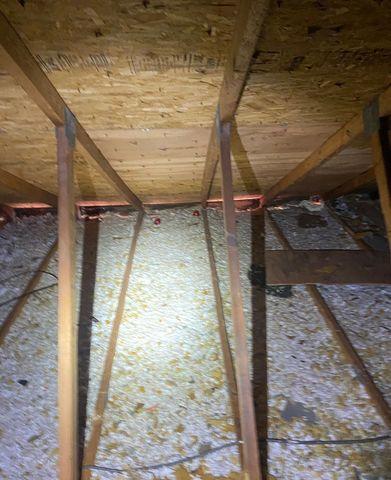
Attic Insulation Before
This thin layer of insulation was serving no purpose. Our production team would later remove it and air seal the space before adding a thicker layer of blown cellulose insulation.
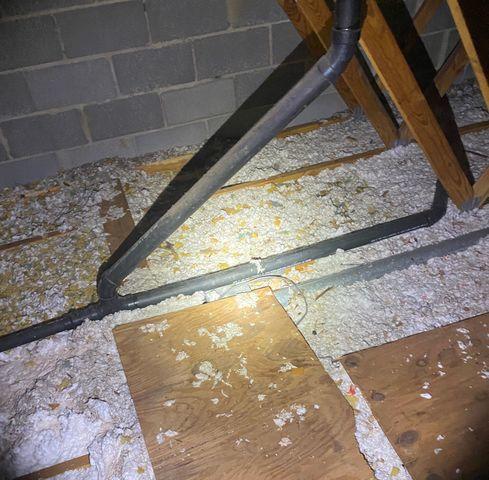
Inefficient Insulation and loose decking panels
This thin amount of insulation and these loose plywood panels would all be removed and replaced with a thicker layer of insulation and a better constructed attic deck to safely walk on
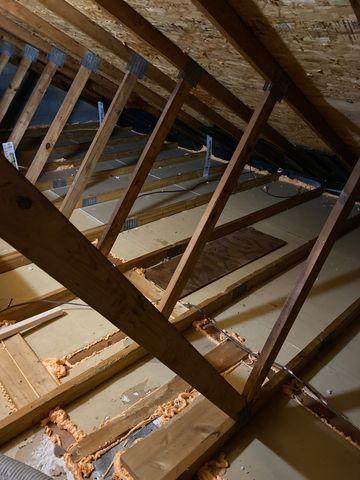
In Progress
After removing the old insulation, Zyp Foam was used to air seal all of the cracks and gaps where air had been free to move in and out of the attic.
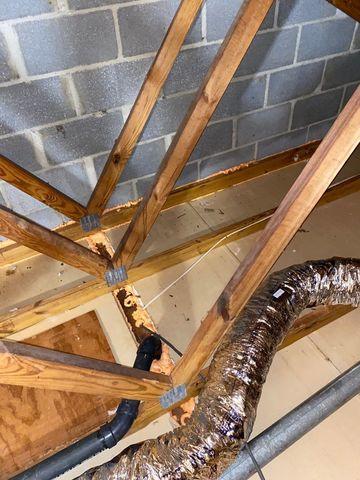
In Progress
After removing the old insulation, Zyp Foam was used to air seal all of the cracks and gaps where air had been free to move in and out of the attic.
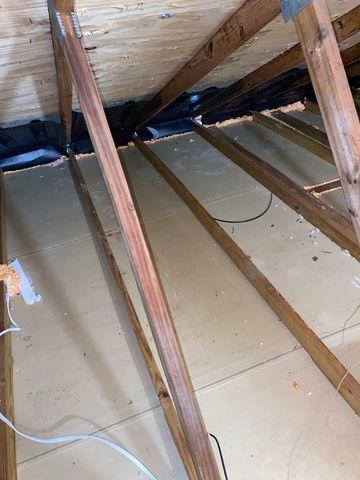
Air Sealing in Progress
Zyp Foam is seen here being used to seal gaps and cracks that used to allow air to pass freely in and out of the attic space. Keeping conditioned air in the rooms below the attic that it is intended to heat and cool will reduce the need for the HVAC system to run and make more conditioned air.

Attic After
The attic catwalk/decking has been built and now allows for a safe place wo walk and store items in the attic. Tru Soft cellulose insulation was blown in the rest of the attic space to properly insulate.
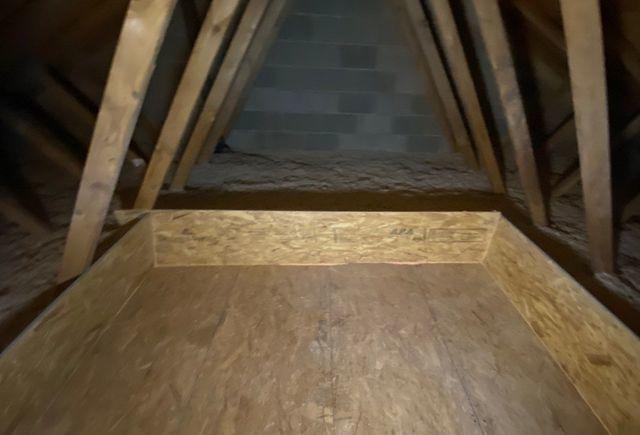
Attic Cat Walk and Decking
The old loose plywood panels were removed and replaced with a well constructed deck that allows store space and safety.
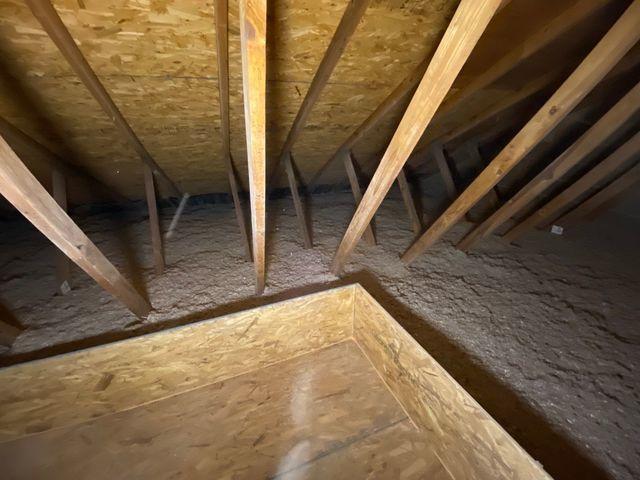
Attic After
insulation all around and an attic deck with insulation below it all helps to make this attic perform better to keep the homeowners comfortable year round.

